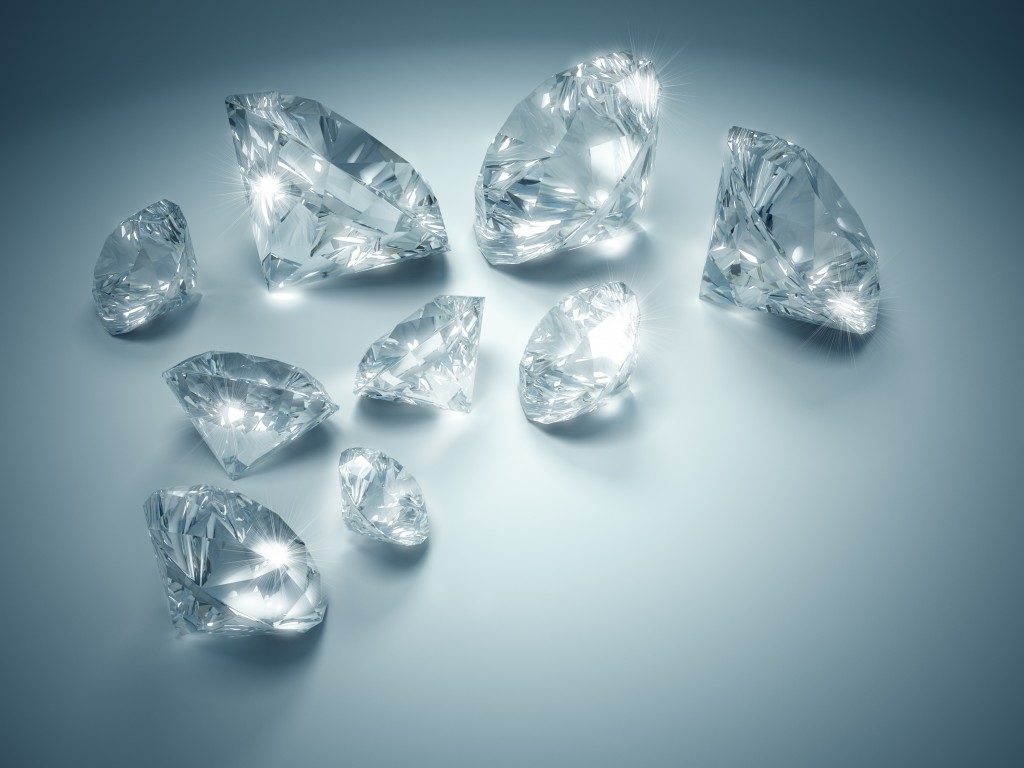Diamonds, a woman’s best friend, and an investment that would last forever. When it comes to jewelry, they are easily the most expensive, most coveted stone there is. There are countries with economies relying greatly on mining for diamonds.
They are highly regulated, with supplies kept at a minimum to preserve their value. As precious stones, diamonds are genuinely worth the investment. They are also the hardest material on the planet, and their true potential lies in the industrial application.
Diamonds may be prized for their beauty and rarity, but because they’re virtually indestructible, you can use them to drill or cut just about anything. Check out this list of the top industrial uses of diamonds.
Mining for Oil and Gas
What’s a valuable resource that could warrant the use of diamond for its extraction? Oil. Indeed, the petroleum industry relies heavily on diamond drill and coring bits to drill oil wells or gather core samples. This resource is buried deep in the earth, with layers upon layers of marble, granite, and other hard stones in the way.
But no matter how hard they are, diamond tools such as drill bits, casing shoes, guide shoes, and saws can go through them without any problem. Such tools are also used for quarrying for valuable hard stones.
Circular saws would have diamonds embedded in them, allowing them to cut through slabs of thick and heavy marble, granite and other hard stones.
Abrasives
Ever wondered how hard stone surfaces get polished? Stone countertops like granite and marble are very smooth to the touch, yet they’re so hard and durable, they could outlast the homes they’re installed in. The secret to their smooth, polished surfaces are abrasives with diamond particles.
Technically, they are called super abrasives because the powdered diamond is more powerful than your typical sandpaper. Polishing even the hardest stone is quite easy with diamond abrasives since its jagged edges hold up even when subjected to very high temperatures generated by friction.
Semiconductors

A diamond would be the last thing you’d expect to use in the field of electronics. However, they are also quite useful as semiconductors, especially blue diamonds. They have superior conductivity, and they’re now being used to create and mass produce microchips.
At higher temperatures, diamonds exhibit superior electronic qualities compared to other minerals; granted, diamonds are really durable even when subjected to extreme heat. Aside from their use as semiconductors, diamonds can also work as the heat sink for other semiconductors.
Because of their efficiency in transferring heat, they can help reduce the temperatures of various micro-electromechanical systems for them to work properly for long periods.
According to a famous jeweler, “a diamond is forever.” This is backed up by a song and a James Bond movie with a similar title. And they are quite right; a diamond is long-lasting, durable, and very useful in different industrial applications.
They look stunning in rings, necklaces and other pieces of jewelry, but their visual appeal is just secondary because industries like mining and electronics benefit greatly from them.

